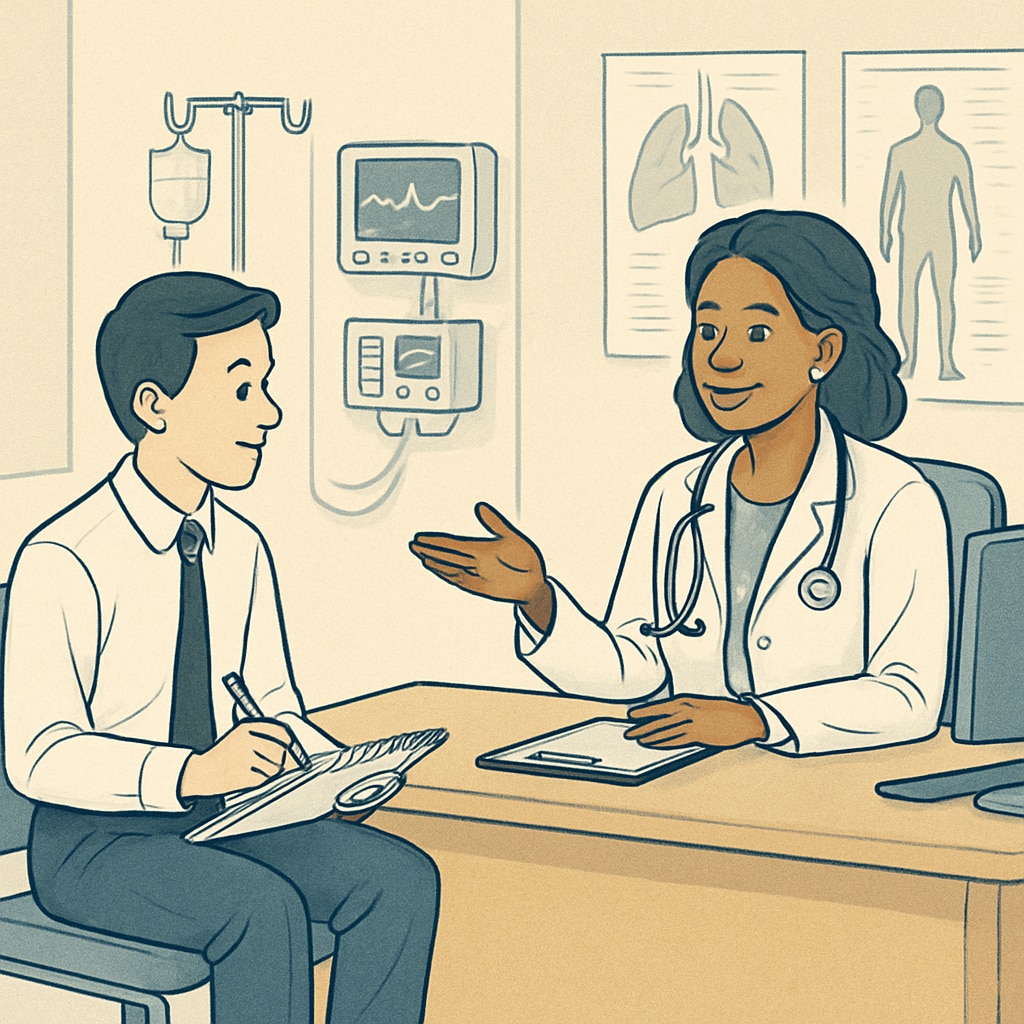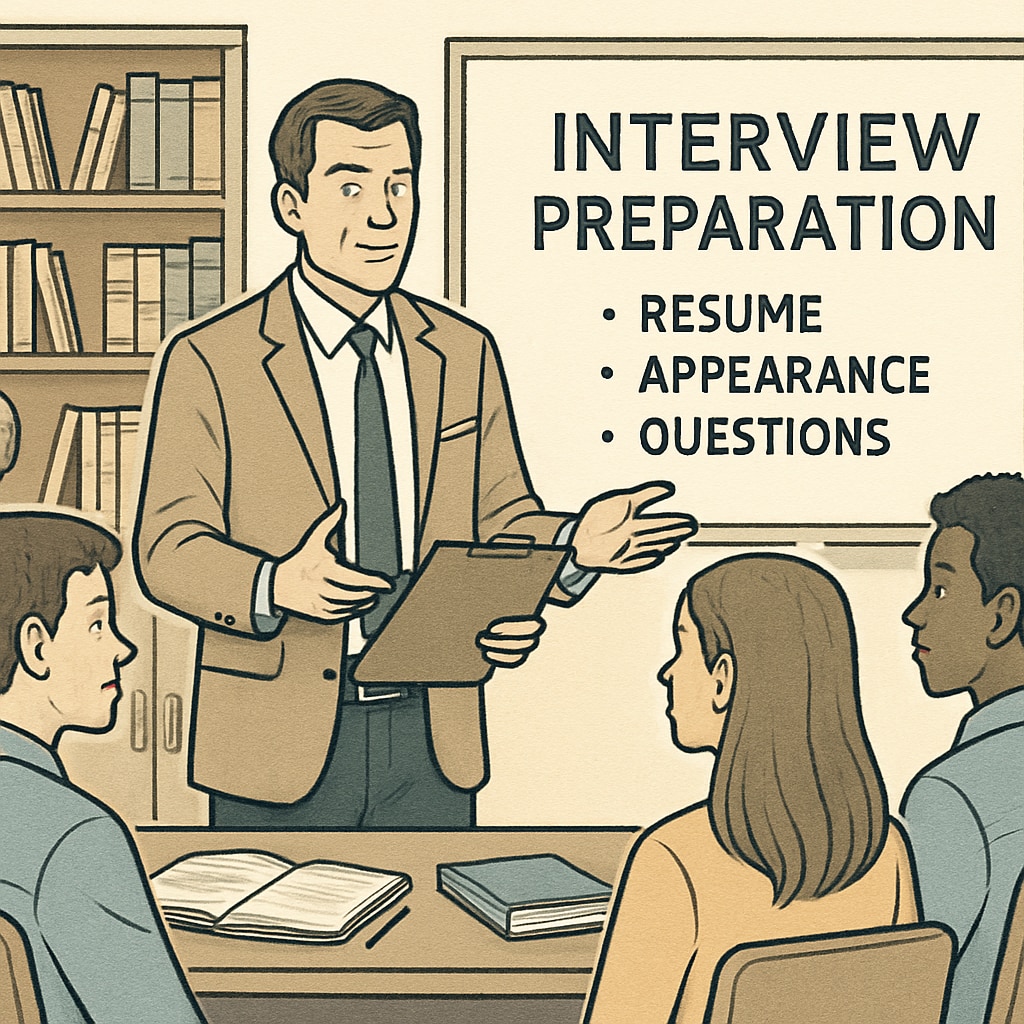Understanding the intricacies of the healthcare industry is crucial for K12 students considering a future in medicine. Structured medical career interviews offer an invaluable way to bridge the gap between aspiration and informed decision-making. By designing thoughtful and targeted questions, educators and mentors can provide students with actionable insights into career planning and the realities of medical education. This article explores how to create high-quality interviews and transform them into meaningful guidance for young learners.
Why Medical Career Interviews Matter for K12 Students
Early exposure to professional insights can significantly shape students’ understanding of the healthcare field. Through direct interaction with medical professionals, students gain real-world perspectives on the challenges, rewards, and pathways within the industry. Medical interviews allow them to:
- Understand the diverse roles in medicine, from general practitioners to specialists.
- Learn about the academic and personal commitments required for medical careers.
- Explore the ethical and emotional aspects of patient care.
- Identify practical steps for pursuing their aspirations in healthcare.
For example, hearing a surgeon describe their daily routine or a pediatrician share their approach to working with children can inspire students while providing a realistic view of the profession.

Designing Effective Questions for Medical Career Interviews
Creating a high-quality interview begins with well-structured questions that address key aspects of the medical profession. Here are some guidelines for designing impactful questions:
- Start with the basics: Ask about the professional’s background, such as their education, training, and career path.
- Focus on daily responsibilities: Encourage professionals to describe their typical workday, highlighting specific tasks and challenges.
- Explore skills and qualities: Discuss the personal attributes and technical skills necessary for success in their role.
- Highlight the human element: Ask about memorable patient interactions or ethical dilemmas they’ve faced.
- Address career advice: Gather tips for students interested in pursuing a similar path, including recommended resources and preparation strategies.
Structured interviews not only provide rich insights but also allow students to ask follow-up questions, deepening their understanding of the profession.

Turning Interviews into Actionable Career Plans
Once the interviews are conducted, the next step is to extract valuable lessons and transform them into an actionable roadmap for students. Here’s how:
- Summarize key takeaways: Compile a list of insights shared by medical professionals, organized by themes such as education, work-life balance, and challenges.
- Map out career steps: Create a timeline of milestones, including academic prerequisites, internships, and residency programs.
- Provide guidance materials: Share resources like books, websites, and mentorship opportunities to help students prepare.
- Incorporate reflection: Encourage students to evaluate whether the realities of the profession align with their personal strengths and interests.
For educators, these interviews can also inform curriculum development, ensuring that career-oriented learning aligns with students’ goals.
Conclusion: Empowering the Next Generation of Healthcare Professionals
By facilitating structured medical career interviews, educators and mentors can play a pivotal role in guiding K12 students toward informed decisions about their future in medicine. Whether through direct interviews or curated resources, providing real-world insights into the healthcare field equips young learners with the tools they need for successful career planning. As a result, they can embark on their journey with confidence and a clear sense of purpose, paving the way for a brighter future in medical education.
For further reading on medical careers, visit Medical Education on Wikipedia or explore Medicine on Britannica.
Readability guidance: Short paragraphs and bullet points make the content accessible. Transition words ensure smooth flow, while actionable advice provides immediate value to readers. The article maintains a balance between professional tone and student-friendly language.


